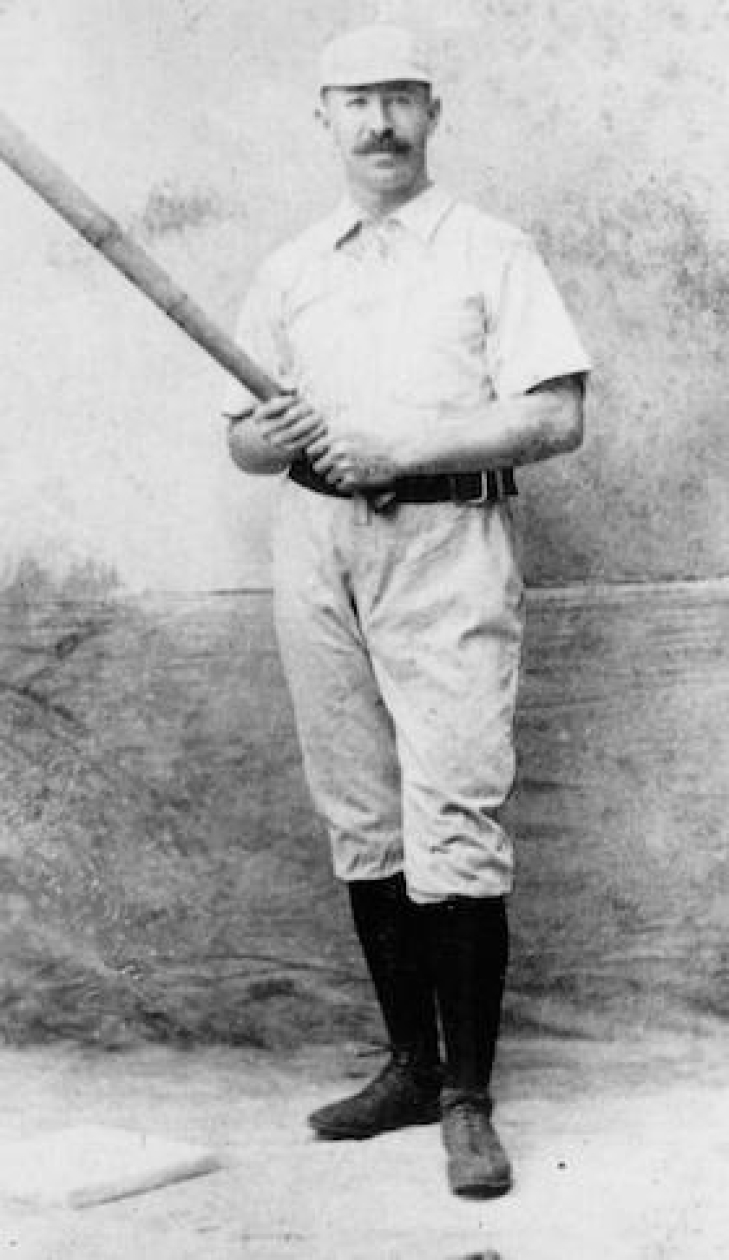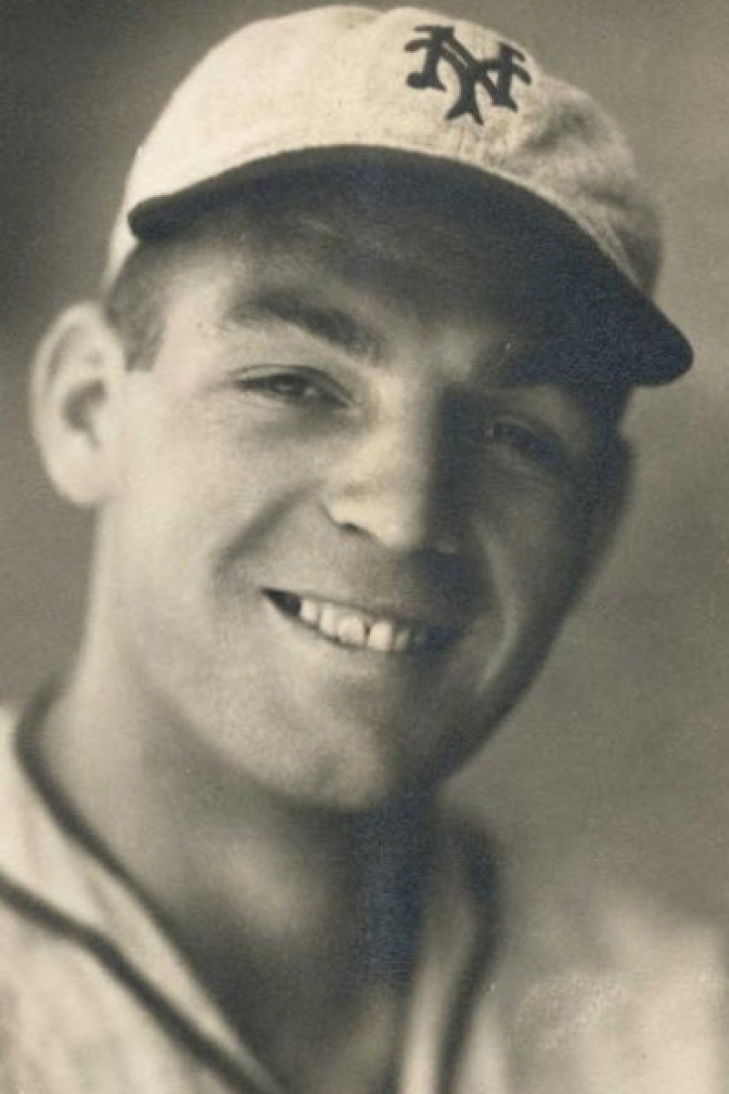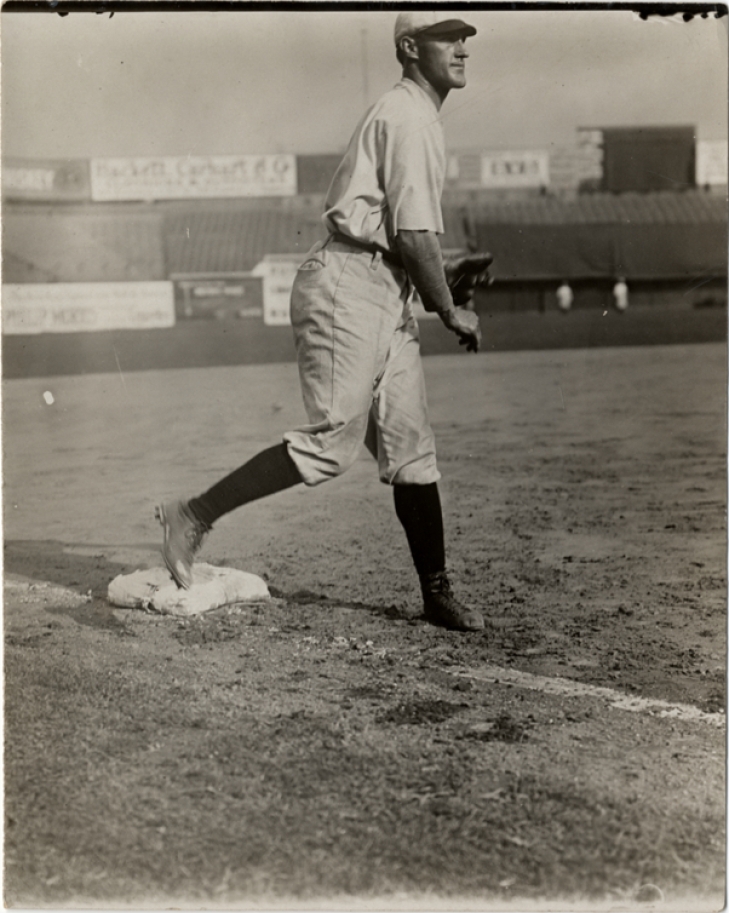
Committee Chairman
31. Buck Ewing
We have to go way back for this one, as Buck Ewing joined the Giants in 1883, after
A player with multiple defensive skills (he played at Catcher, Outfield, Second, and Third), Ewing began his career in the National League with Troy, where he played three seasons before the team folded, and he joined New York, the team where he became a star. Along with his defensive versatility (though he was at his best as a Catcher), Ewing was a competent hitter, batting over .300 in six of his first seven years with New York.
19th Century Baseball was not a power game, but Triples and Stolen Bases were in vogue, and Ewing could deliver. He was the league leader in Triples with 20 in 1894 and had 109 in total as a Giant. Ewing stole 178 bases on the base paths for New York, an astonishing number for a Catcher. Ewing was also a large part of the original version of the World Series, leading New York to titles in 1888 and 1889.
After 1989, Ewing was one of many players who jumped to the Players League, but with that organization lasting only one year, he was back to the Giants, playing there three more years before he was traded to Cleveland.
In 1939 Ewing was elected into the Baseball Hall of Fame by the Old Timers Committee.
36. Hal Schumacher
Hal Schumacher played his entire MLB career with the New York Giants, where he flirted with being an ace for a brief period.
Schumacher debuted in 1931 but began a three-year run in 1933, where he was a massive part of New York's success. An All-Star in 1933 and 1935, Schumacher went 19-12 with a 2.16 ERA while leading the NL in H/9 (6.9), and he would help lead the Giants to a World Series win, gaining a decision in the Fall Classic. It was his only World Series Title, but not his only good year.
In the year between his two All-Stars (1934), Schumacher had what could be considered his best regular season, at least in terms of Wins (23) and MVP voting (9th). Following 1935, Schumacher was a middle-of-the-road Starter, never winning more than 13 Games, though he was far from a liability. He left the Majors for the American Military in World War II, missing three years (1943-45), and returned for one last season in 1946.
Overall, Schumacher had a record of 158-121 with a 3.36 ERA.
22. Art Fletcher
Art Fletcher is thought of more by baseball pundits for his time as a Coach for the New York Yankees, but as a player, he is arguably the greatest defensive player in Giants history.
Holding the franchise record for Defensive bWAR (25.9) and a three-time league leader in that stat, Fletcher was also first in Assists four times. Offensively, Fletcher was no star, but he accumulated 1,311 hits, batted .275 for New York, and mastered the selfless art of being hit by pitches, leading the NL in that statistic four times.
The Giants made the World Series (though lost) with Fletcher as their Shortstop four times. You have to be a pretty good ballplayer to be a starting Shortstop for that to happen.
34. Tim Lincecum
You don’t acquire the nickname of “The Freak” as an athlete when you are undersized. Well, that is unless you are Tim Lincecum.
The Golden Spikes winner from the University of Washington stood at 5" 11" and 170 pounds, and with a choir boy face, he did not look like a power pitcher, but he was not only as a Husky but for the Giants, who used a First Round Pick (10thOverall) to take him in 2006.
Lincecum only needed one year to make it to the main roster, and in his sophomore year, he was named the Cy Young winner after posting an 18-5 record, a 2.62 ERA while leading the NL in Strikeouts (265), ERA+ (168), FIP (2.62), H/9 (7.2) and SO/9 (10.5). It was the best season of his career but not his last great one.
The right-hander joined the elite group by becoming a back-to-back Cy Young winner. Lincecum’s 2009 saw the Pitcher go 15-7 with a 2.48 ERA (his best) while again finishing first in Strikeouts (261) while again topping the NL in FIP (2.34). These were Lincecum’s best years, but not his peak period still had some juice.
Lincecum went to his third consecutive All-Star Game in 2010 while also going number one in Ks for the third straight time. Tenth in Cy Young voting, Lincecum, aced the Giants to their first World Series Title in years, and his star shone the brightest.
Lincecum went to his last All-Star Game in 2011, but following that year, he struggled and was no longer the same dominator he once was. Every year, Lincecum’s stats eroded, but he was still helpful in their 2012 World Series win. The Giants again won the World Series in 2014, though Lincecum’s participation was minimal. He left the Giants for one final year in the Majors with the Angels in 2016, and though his career fizzled, you can’t discount that this is the only two-time Cy Young winner in franchise history. Lincecum’s overall pitching stats are lower than other moundsmen in franchise history, but his brief period of dominance dwarfs many above him on this list.





